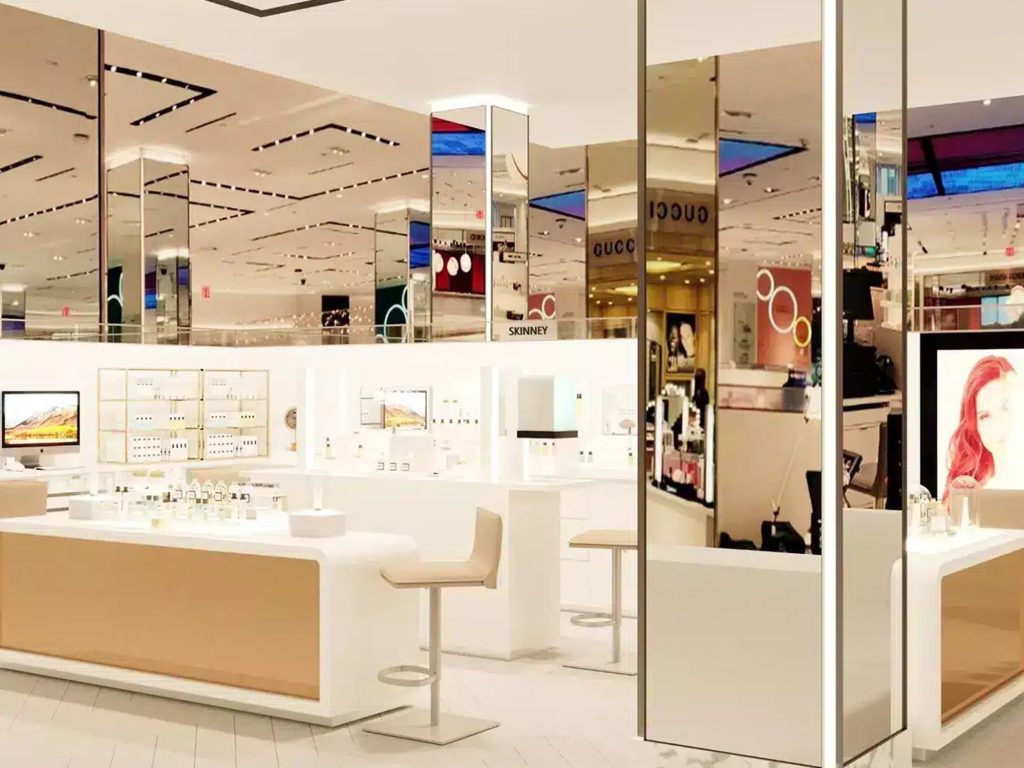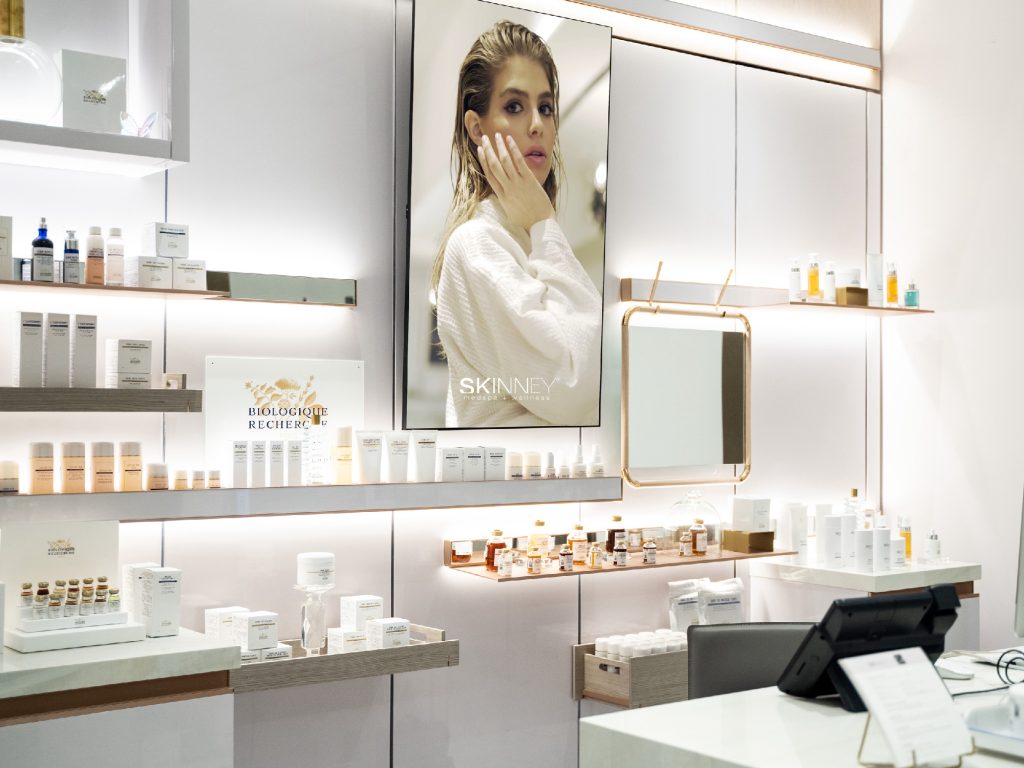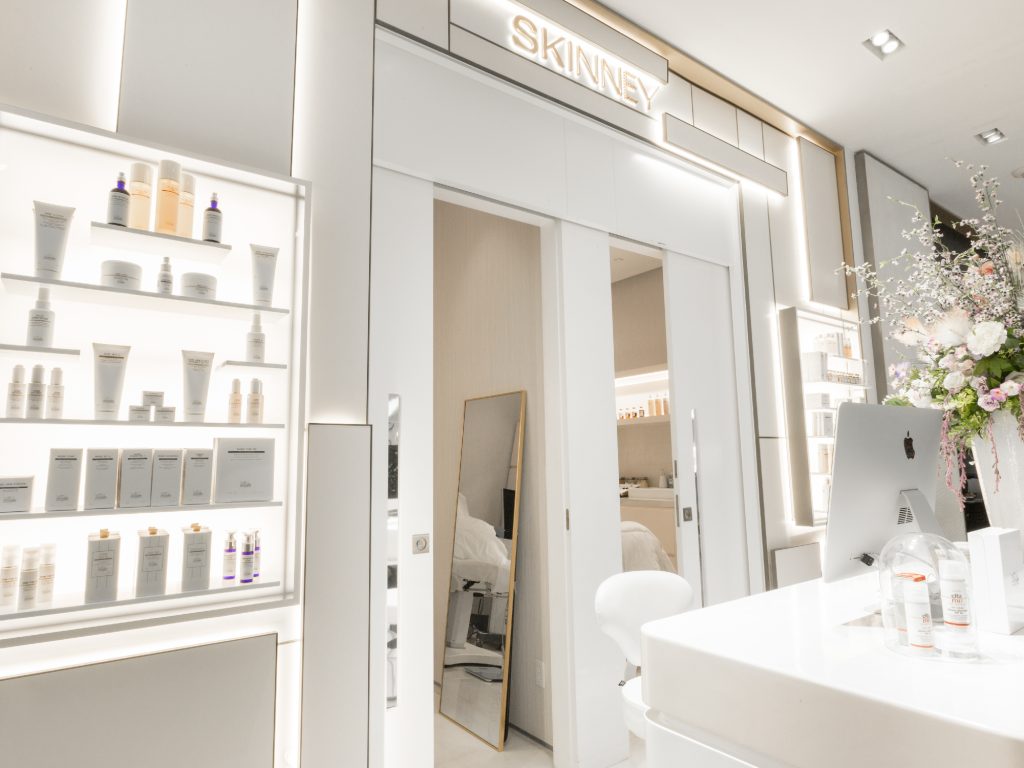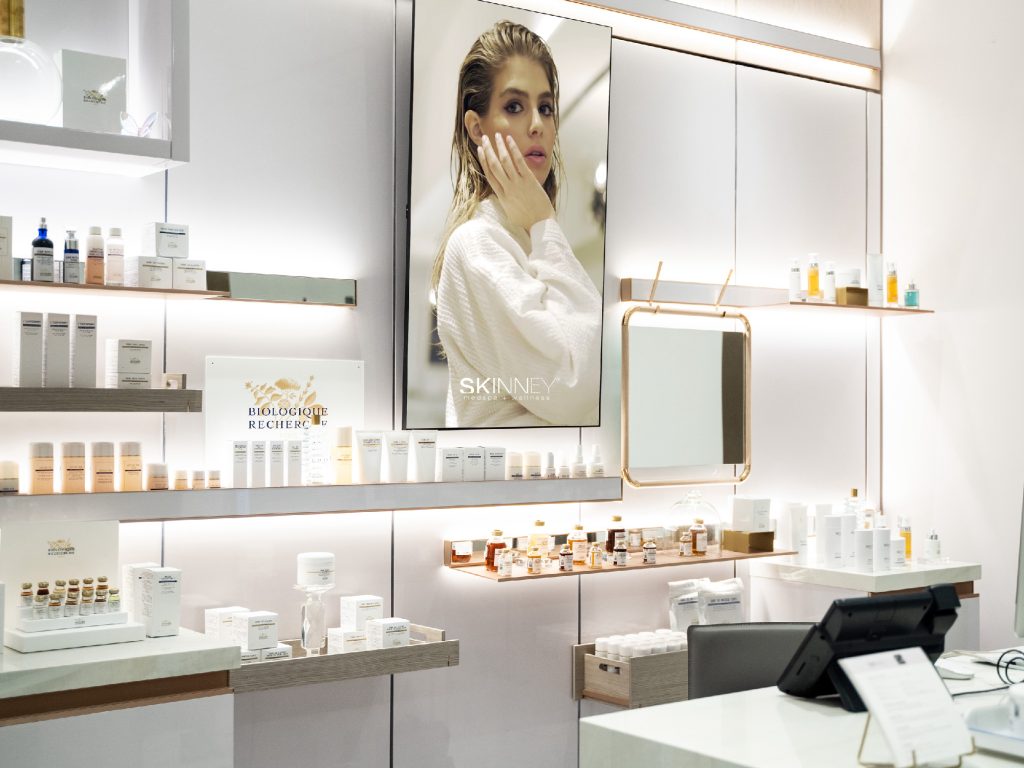At what age do you look into the mirror and begin to notice the appearance of crow’s feet forming around your eyes, or fine lines accumulating on your forehead? And why do some women seem to age so gracefully, having the skin of a 20 year old when they are well into their 40’s and 50s, while other women begin to fret over wrinkles and skin spots before they hit the age of 30?
That has been the topic of many research studies aiming to reveal the environmental and genetic factors that allow women’s skin to age at such different rates. Aging skin is a complicated process, encompassing numerous stages of different cellular processes that occur at various decades in a person’s life. These various stages were the focus of research in a recent study performed by Harvard Medical School, who analyzed the genes of hundreds of women from different ethnicities. The research revealed 5 distinct cellular processes that impacts when and how the skin ages.
By separating the different stages and factors of aging skin, you can ward of the signs of aging by incorporating the right skin care products at the time your skin needs it the most into your daily skin care routine.
Aging Skin Stage 1:
The Decline in Your Skin’s Natural Antioxidant Production
Your skin’s natural antioxidant production begins to decrease in your 20s, making your skin vulnerable to damage due to oxidative elements.
How To Stimulate the Skin’s Natural Antioxidant Production?
One way to combat the skin maladies of oxidation is using skin care products rich with natural antioxidants such as vitamin E, vitamin C, acids derived from fruits, and green tea extract. The best time to begin incorporating antioxidants into your skincare routine is in your 20s, says skin care experts.
Aging Skin Stage 2:
Slowing of Your Skin Cell’s Bioenergy
You skin cell’s bioenergy is responsible for the production collagen. It also stimulates your skin’s renewal and repair mechanisms and activates your skin’s ability to absorb and utilize nutrients that make for a healthy complexion. Your skin cell’s bioenergy begins to decline in your 30s, around the same time as when your metabolism starts slowing down.
How to Stimulate Your Skin Cell’s Bioenergy Levels?
You can help your skin cell’s “metabolic engine” by incorporating skin care products infused with vitamin B3.
Aging Skin Stage 3:
Increasing Skin Senescence
By the time you hit your 40’s, cellular “senescence” is arresting the natural life cycle of your skin cells. Senescence is a term used to refer to growing older and it describes a cells loss in ability to renew itself, a vital process to maintaining healthy, youthful looking skin.
How to Slow the Rate of Skin Senescence?
You can give your skin cells a jump start on their natural life cycle by applying skin care products that have retinol, peptides, and glycolic acid as key ingredients.
Aging Skin Stage 4:
Weakening Skin Barriers and Hydration Loss
By the time you hit your 50s and begin experiencing menopause, your skin barrier is becoming weaker, making it difficult for your skin to maintain its hydration. Avoiding dry skin is not the only reason to make moisturizing a priority. Hydrated skin is crucial to maintaining the skin’s elasticity, fortifying its protective barrier, and promoting the radiance and plumpness of your skin’s appearance.
How to Maintain Your Skin’s Moisture and Keep it Hydrated?
One way to offset the drying effects of a weakening skin barrier is by using skin moisturizers that are rich with oil or petrolatum.
Aging Skin Stage 5:
The Magnification of the Previous 4 Stages
Once you enter your 60s, all the skin maladies you have confronted in your life are kicked into overdrive. This intensifies the aging process exponentially.
How to Combat all Stages of Skin Aging?
Besides using the previously mentioned skin care products to combat the several individual cellular processes that lead to aging skin, you can also incorporate aerobic exercise into your skin care routine.
Recent findings from McMaster University in Ontario reveal aerobic exercise, performed twice a week, can have an amazing anti-aging effect on individuals aged 65 and older, by transforming the proteins that make up the structure of the skin.
Aging Skin Part Two:
The Lifestyle and Genetics Behind “Exceptional Agers” > >
Continue reading to learn more about the genes and lifestyle choices scientist accredit “exceptional aging” with, and find out how these findings can help your skin look decades younger than it really is.








